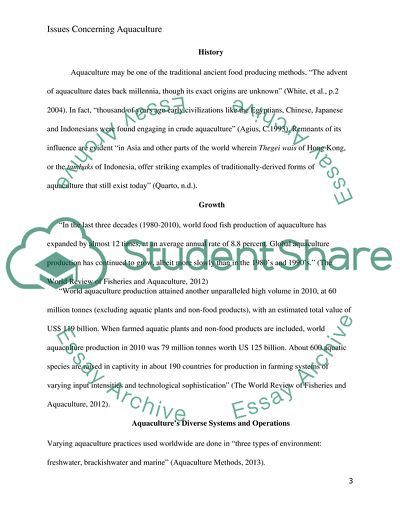Cite this document
(Issues Concerning Aquaculture Research Paper Example | Topics and Well Written Essays - 1250 words, n.d.)
Issues Concerning Aquaculture Research Paper Example | Topics and Well Written Essays - 1250 words. Retrieved from https://studentshare.org/professional/1804712-aquaculture
Issues Concerning Aquaculture Research Paper Example | Topics and Well Written Essays - 1250 words. Retrieved from https://studentshare.org/professional/1804712-aquaculture
(Issues Concerning Aquaculture Research Paper Example | Topics and Well Written Essays - 1250 Words)
Issues Concerning Aquaculture Research Paper Example | Topics and Well Written Essays - 1250 Words. https://studentshare.org/professional/1804712-aquaculture.
Issues Concerning Aquaculture Research Paper Example | Topics and Well Written Essays - 1250 Words. https://studentshare.org/professional/1804712-aquaculture.
“Issues Concerning Aquaculture Research Paper Example | Topics and Well Written Essays - 1250 Words”, n.d. https://studentshare.org/professional/1804712-aquaculture.


